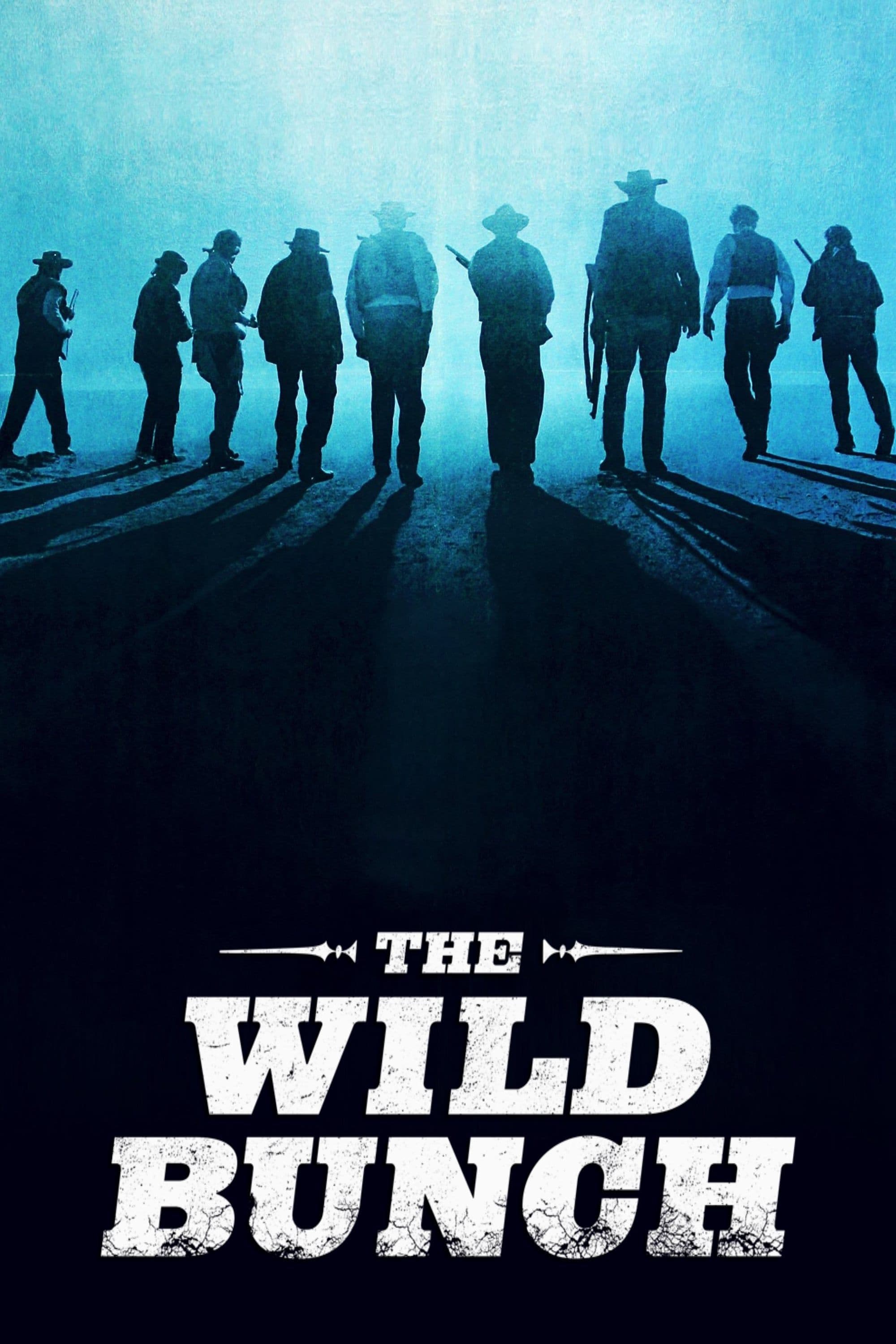
The Wild Bunch
1969
Rate this movie
Average: 0.00 / 5
(0 votes)
Director
Some children are playing next to a train track, Pike Bishop, entering town, walks past them, observing them with perplexity. The camera approaches the group of children and we discover they have trapped two scorpions inside an anthill; the two animals are attacked by thousands of ants in agonizing torment.
Despite their potent venom, the two animals are succumbing to such an overwhelming number of enemies. A lesson in ruthless Darwinism imparted with the innocent cruelty of childhood, a prologue that is a punch to the gut and a programmatic manifesto. It is not a matter of justice or morality, but of survival in a world that takes no prisoners.
With this striking visual metaphor, Peckinpah provides us with the key to understanding his story: a twilight elegy for an age in decline and for men who, like those scorpions, are condemned to succumb to the inexorable march of time and modernity. They are anachronistic creatures, relics of a closing frontier, besieged by a new order that neither understands nor tolerates their obsolete code of honor.
Pike Bishop's gang is, in fact, entering town to rob a bank, but a trap awaits them with bounty hunters staked out in the buildings above, ready to target them as soon as they emerge from the building. A trap orchestrated by Deke Thornton, once Bishop's companion in adventure, now forced to hunt him to avoid prison. This dynamic of shattered brotherhood and betrayed loyalty is a raw nerve that pulses beneath the surface of every shootout, lending the film an almost tragic dimension, a Greek-style inevitability where fate propels men towards a sealed destiny. The bond between Pike and Deke is not just a subplot, but the beating heart of the film: the desperate search for redemption or, at least, for meaning in a world that has lost all moral compass. Both prisoners of a glorious but now unsustainable past, they are forced to perform the last, bloody act of a drama whose curtain has already fallen.
And so, after the failed heist, Bishop and his men find themselves hunted by a group of cutthroats led by a former gang member. They will head to Mexico, a territory still wild and lawless—or so they believe—where they will strike a deal with Mapache and his band of bandits fighting against Pancho Villa’s Revolution. Pike and his men, desperate and with their backs against the wall, must steal a shipment of arms in exchange for money. Mexico, in this context, is not just an exotic backdrop, but a borderland where rules dissolve and violence assumes new, brutal forms. The Mexican Revolution, with its iconoclastic fury and ruthless tribalism, becomes a dystopian reflection of the America the protagonists are leaving behind. In this crucible of emerging barbarism, the old gunfighters' code, however crude, almost assumes a chivalric dignity, contrasting with the sheer bloodlust of the new marauders.
But Angel, a Mexican companion of Pike's, steals a crate of weapons for his village loyal to Pancho Villa. An act of ancestral honor, an echo of purer loyalties, less tainted by cynicism. Discovered, he will be killed by Mapache, who will then suffer the bloody vengeance of Pike and his compadres. It is at that moment, when Pike, Dutch, and the Gorch brothers decide to save Angel, that the film elevates from a mere revisionist Western to a mythical epic. Their "long walk" towards Mapache's camp, one step after another towards certain death, is an act of defiance not only against their enemies, but against their own nature as opportunists and survivors. It is their final, sublime affirmation of a code of honor that, though steeped in violence, possesses a coherence and loyalty that the outside world has long forgotten. It is no longer a matter of money or survival, but of dignity and vengeance for a wrong suffered by one of their own. "Let's go!", Pike exclaims, and in those two words lies all the fury and despair of one who has decided to die on his feet rather than live on his knees.
Bloody and memorable, the final battle is a symphony of bullets and torn flesh, slow-motion and speed-ups creating a macabre and hypnotic ballet, with the elegiac song of the machine gun seeming to mark not only the end of an era, but the apocalypse of an illusion. It is the sound of technical progress devouring romantic heroism, the vulgarity of modern warfare annihilating the epic of the duel. This sequence is not merely gratuitous violence, but a cathartic and stylized explosion, the result of frenetic and innovative editing that employed up to seven cameras simultaneously to capture every nuance of this choreographed horror. Peckinpah doesn't just show violence; he glorifies and condemns it at the same time, rendering it almost a rite of passage into non-being.
A film that, in a sense, marks the definitive breaking point with a Western tradition linked to the frontier epic and the eternal confrontation with Native Americans, depicting a West no longer heroic but gritty, brutal, twilight. There is neither the moral purity of John Ford's films nor the sardonic irony of Sergio Leone; instead, there is a profound disillusionment, a furious rage towards the loss of innocence (if it ever existed) and the intrinsic brutality of human nature. "The Wild Bunch" fits into the lineage of revisionist Westerns of the 196ties, but transcends them with a unique ferocity and poetry. It is the death knell of a genre that reinvents itself through its own destruction, paving the way for that "New Hollywood" which would then deconstruct many other American myths.
A modern and indestructible work, with a narrative power that culminates in the pure evocation of a lost world and of men who, even in their dark deeds, embody an extreme and desperate fidelity to themselves. Its influence is tangible in generations of filmmakers, from Martin Scorsese to Quentin Tarantino, who have absorbed its stylistic and thematic lessons, perpetuating its legacy of cathartic violence, characters on the edge, and a visual aesthetic that has never ceased to shock and fascinate. A cinematic testament to how an ending can, at times, be more powerful than any beginning.
Country
Gallery

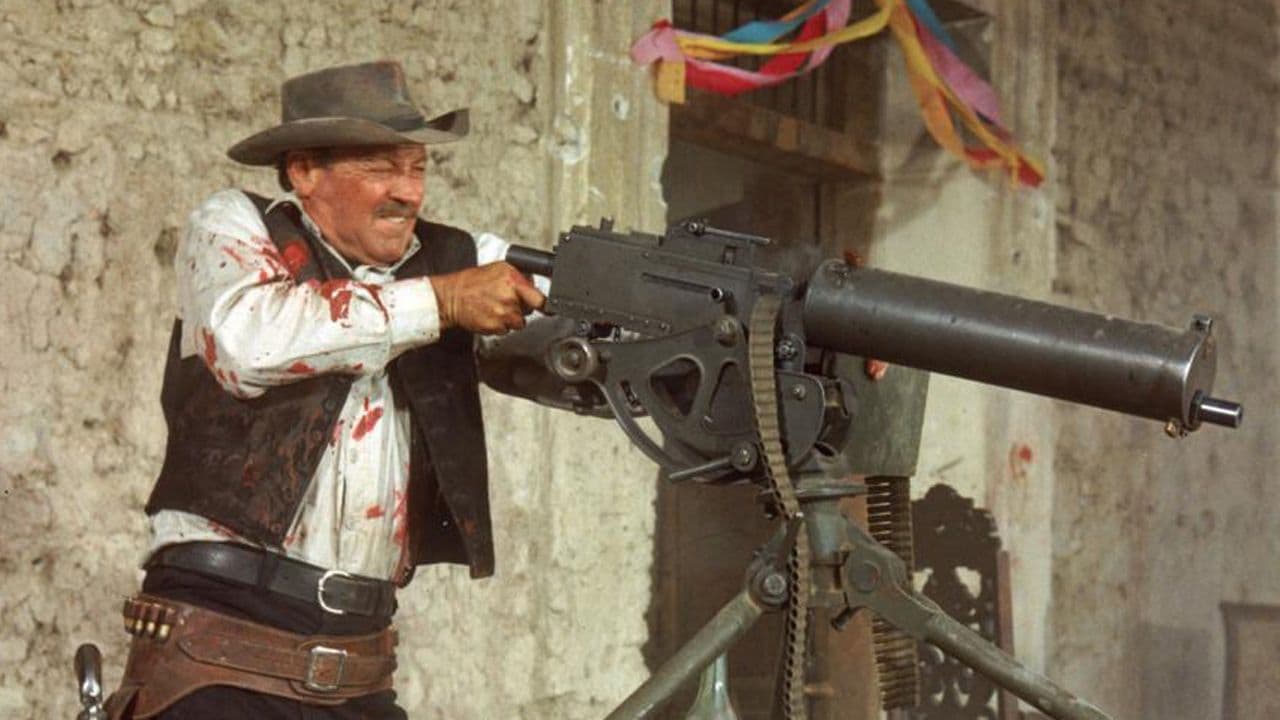

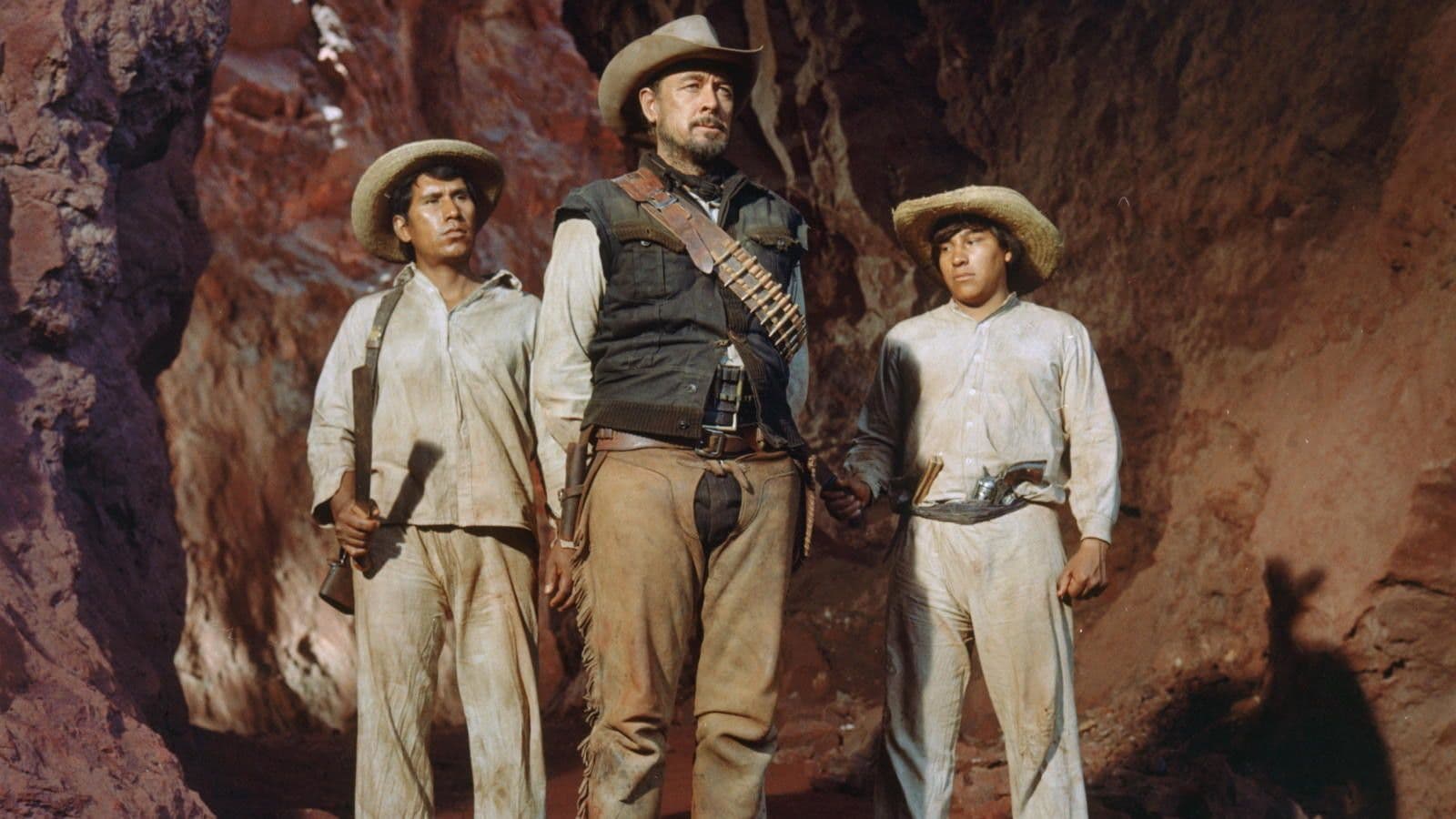
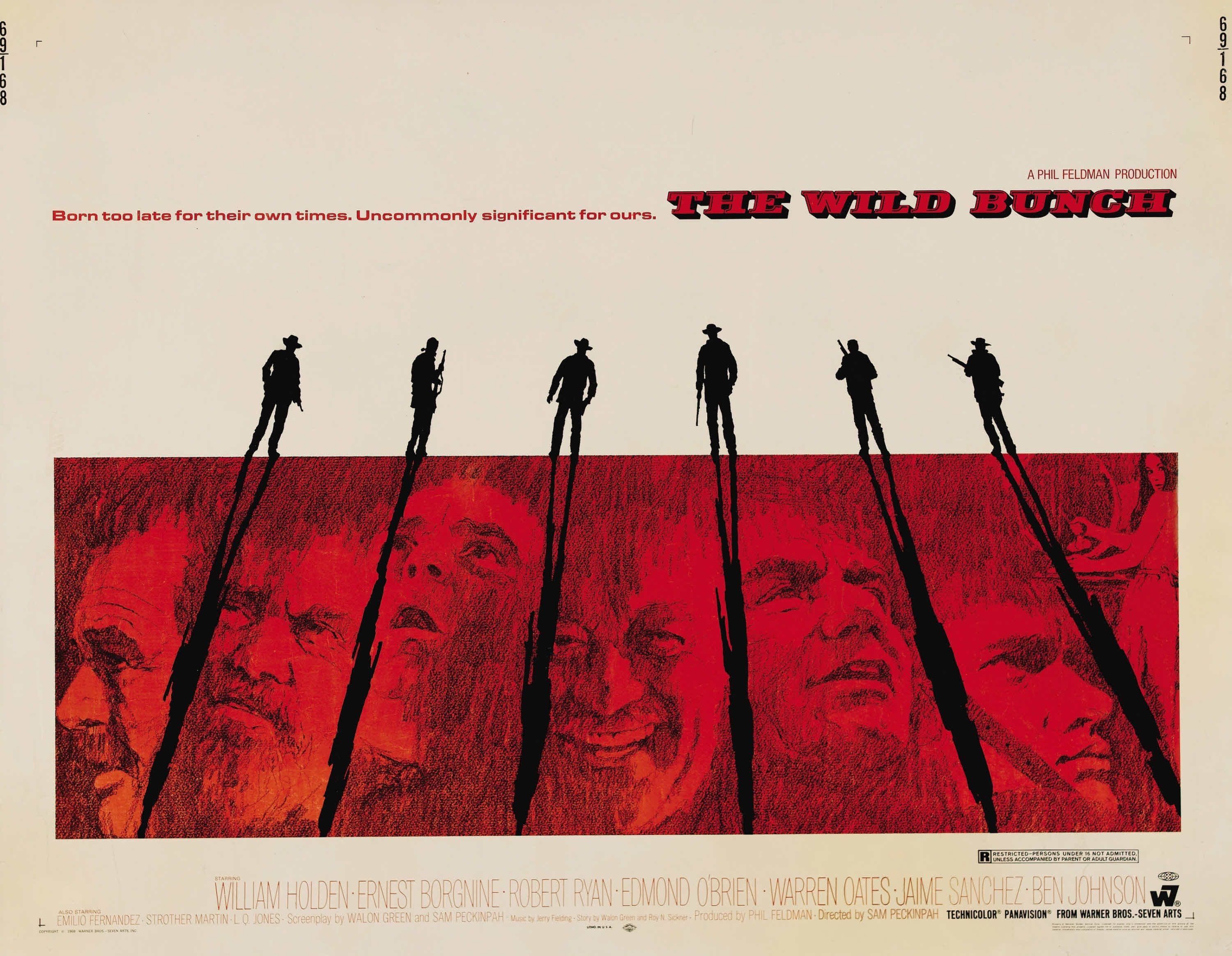

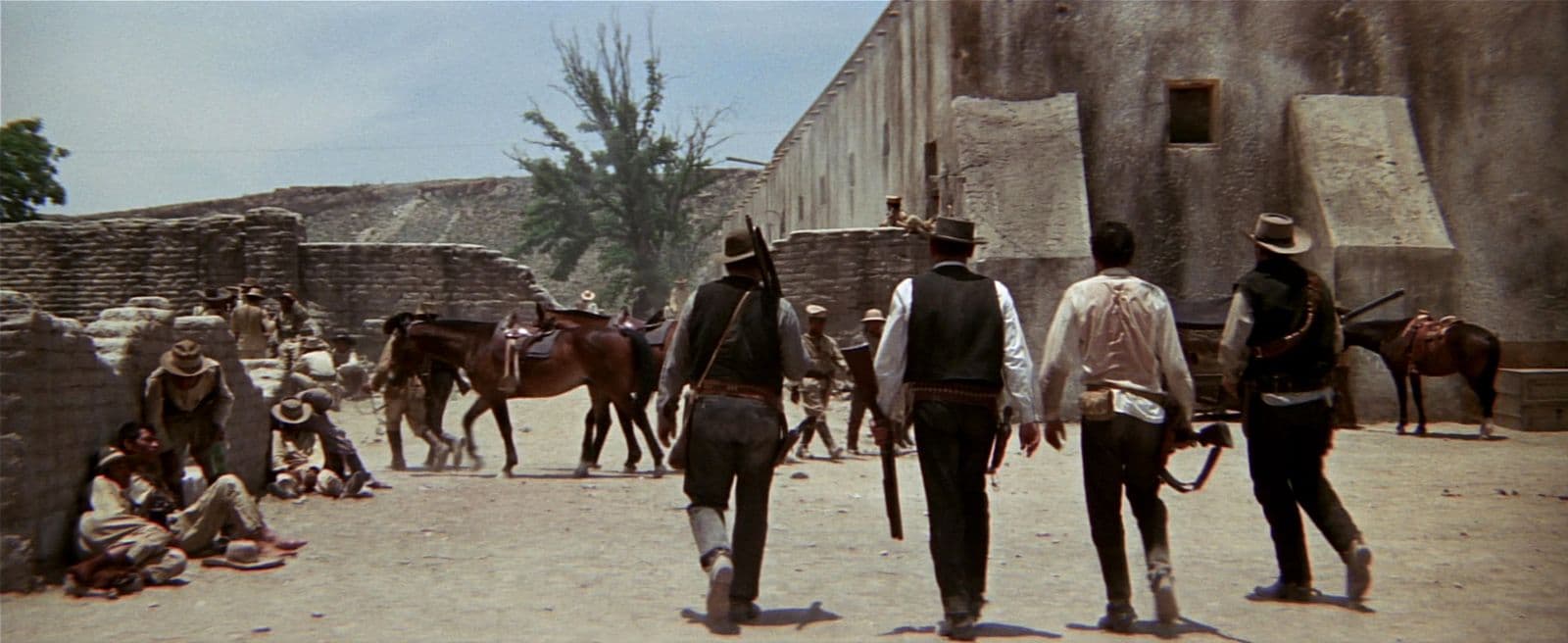
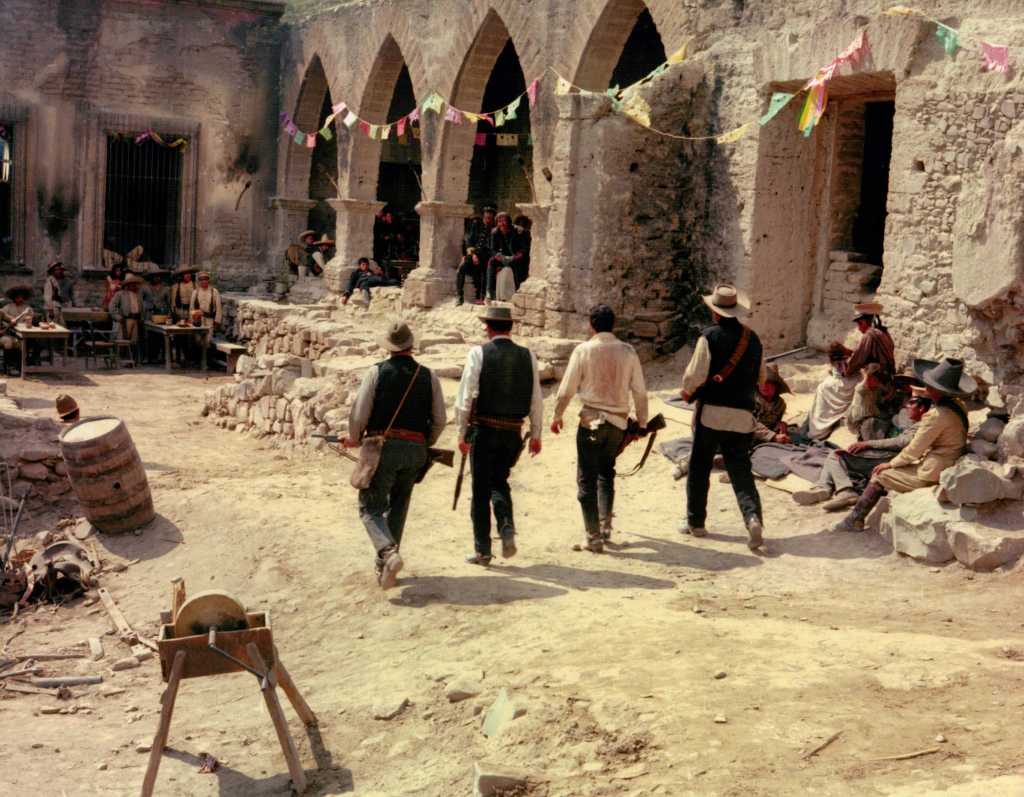
Featured Videos
Official Trailer
Comments
Loading comments...